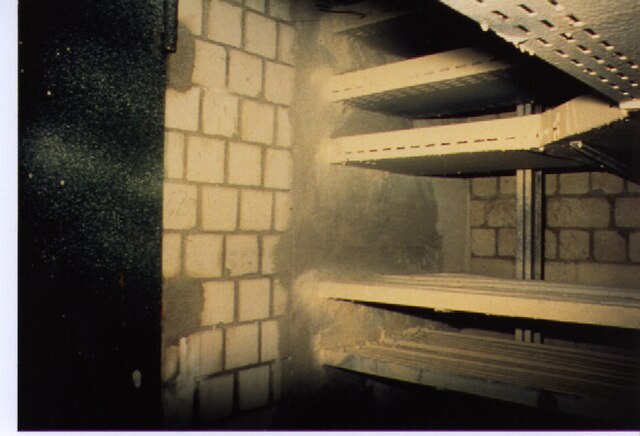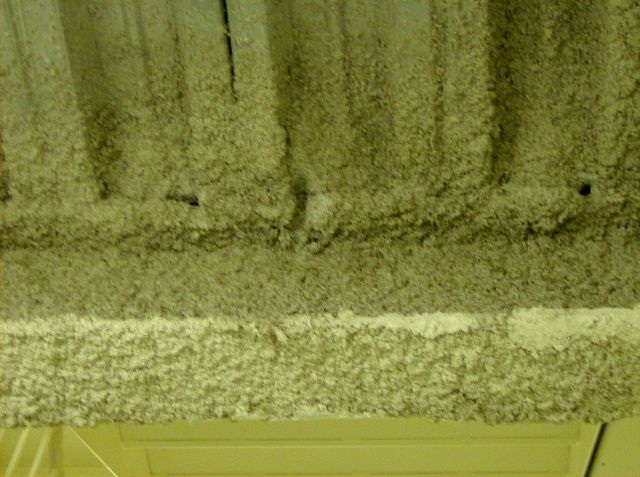A fire-resistance rating typically means the duration for which a passive fire protection system can withstand a standard fire resistance test. This can be quantified simply as a measure of time, or it may entail other criteria, involving evidence of functionality or fitness for purpose.
Time/temperature curves used for testing the fire-resistance rating of passive fire protection systems such as firestops, fire doors, wall and floor assemblies, etc., which are used in compartmentalisation in buildings and the petrochemical industry in Europe and North America.
Furnace pressure is also subject to standardised tolerances for testing to obtain fire-resistance ratings. This image shows European tolerances, subject to NEN-EN 1363-1.
Furnace temperatures for fire testing to obtain fire-resistance ratings are subject to certain tolerances. This graph shows the tolerance applicable to the European building elements / cellulosic curve.
Fire test assembly
Passive fire protection (PFP) is components or systems of a building or structure that slows or impedes the spread of the effects of fire or smoke without system activation, and usually without movement. Examples of passive systems include floor-ceilings and roofs, fire doors, windows, and wall assemblies, fire-resistant coatings, and other fire and smoke control assemblies. Passive fire protection systems can include active components such as fire dampers.
Fire-resistance rated wall assembly with fire door, cable tray penetration and intumescent cable coating
This I beam has a fireproofing material sprayed onto it as a form of passive fire protection.






